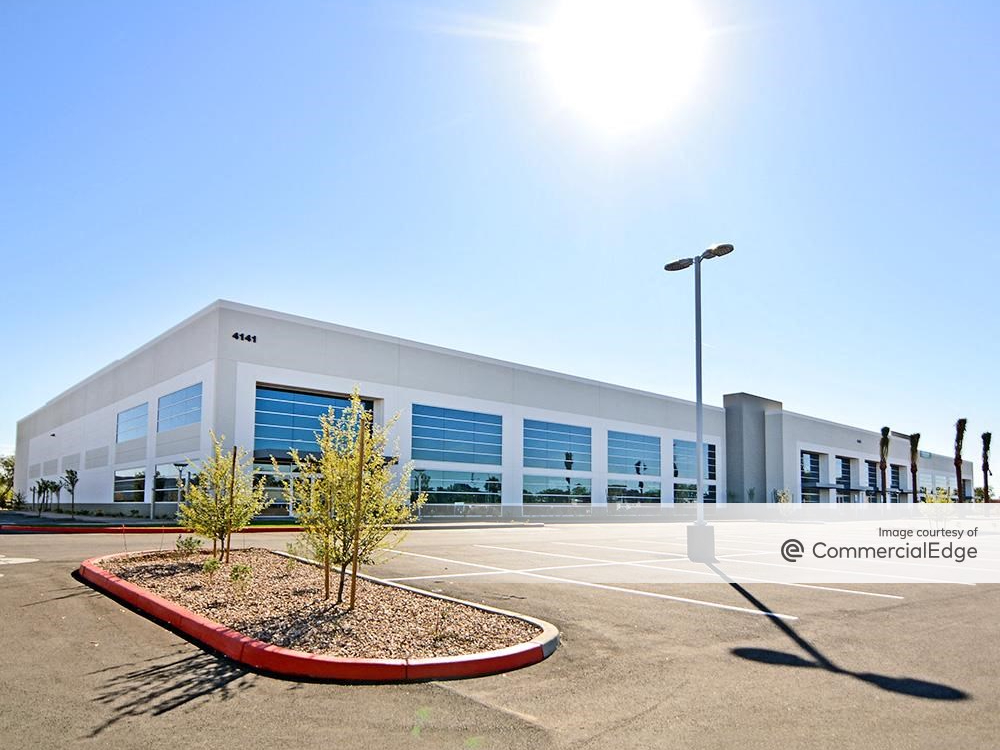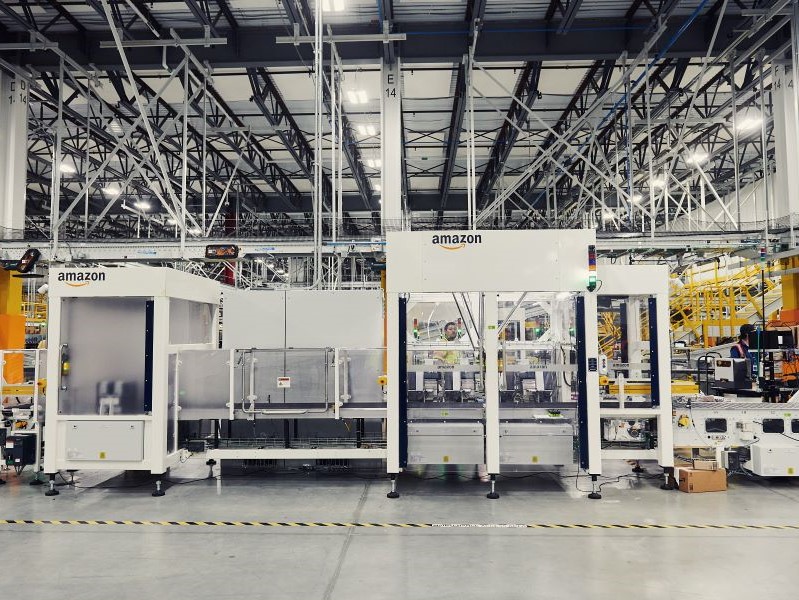What’s Driving Optimism in CRE? Baker Tilly’s Brent Maier Weighs In
Interest rates and debt concerns are still dominating the CRE landscape. But there are reasons for confidence about the upcoming months.

The CRE market continues to face its own share of challenges, with high interest rates and debt concerns stubbornly dominating the landscape. In this context, it’s important to highlight that there are reasons for optimism, as well.
Brent Maier, national real estate advisory leader with advisory, tax and assurance firm Baker Tilly, believes an interest rate cut is highly possible in the next few meetings of the Federal Reserve.
Maier brings more than 20 years of experience in providing advisory services for CRE entities, property portfolios and complex developments to owners, users and investors. His insights, drawing from his latest commercial real estate report REcap, provide a more optimistic outlook for the CRE industry. Here’s what he told Commercial Property Executive.
What are the key factors driving this positive outlook and which sectors are expected to benefit the most?
Maier: The U.S. economy has proven to be resilient with GDP growth in the second quarter accelerating from the first quarter. We have been anticipating a recession for some time that has not come to fruition, there is optimism building that we have seen the bottom.
Real estate values have decreased from their peak, which has helped bring buyers and sellers to the table, closing a gap that existed while the Fed was raising their target rate. It has helped that the Fed has held rates steady of late and is expected to hold rates at least into September, with some expecting a rate cut then. Blackstone reported in their January earnings call that real estate values were bottoming, which is consistent with what we are seeing with our clients. We have seen an uptick in activity this year compared to the last six months of 2023, as investors come off the sidelines to seek opportunities.
Also aiding in the narrowing of the buy-sell gap is the improving capital markets, with base rates moving lower and spreads tightening, coupled with an increase in available credit. I think it’s fair to expect transaction activity to increase in the near term. The multifamily and industrial sectors continue to attract capital given the long-term fundamentals.
LISTEN TO: Investment Matters Podcast: Mesa West’s Dynamic Duo
How are the current yields on the 10-year treasury impacting capital costs across different CRE sectors?
Maier: Market yields have moderated since their peak in October, so we are seeing an improvement in the cost of capital with our clients. The Fed has maintained rates at the same level for 12 months now, which has allowed the financial system to process the steep increase, although there is still work to do.
Given the strong second-quarter GDP growth and weakening labor market, a rate cut in the next few meetings is possible, which would provide confidence to investors. Also helping the supply of capital is the fact that non-traditional lenders have raised a significant amount of money, providing an alternative to the large banks not putting out loans in the real estate market.
With a significant reduction in construction starts in response to higher cost of construction finance, lower values and some uncertainty in the economy, how do you see the availability of new space evolving in the next 6-18 months?
Maier: Outside of data centers and office, we expect to see new space coming online to decline as the supply and demand calibrates. I would expect a well-capitalized asset such as an apartment building to perform well in the long run and weather the near-term storm.
Any bright spots in the office sector? Do office landlords have any reasons to be optimistic about what’s to come?
Maier: Absolutely. We believe the office sector will transform itself much like retail did coming out of the Global Financial Crisis where high-end, well-located properties with desirable amenities will be attractive to investors. There will be troubled assets that need capex or are over levered that will likely be repurposed. A good example of this is the LaSalle Street corridor in Chicago where 1.3 million square feet will be redeveloped into mixed-income housing and related public amenities in the heart of Chicago’s famous Loop.
Retail has been on the mend lately, with increased consumer spending and strong employment figures. What could derail the sector’s growth and landlord’ ability to maintain profitability?
Maier: Retail had largely transformed itself prior to COVID-19 so we see a lot of momentum that we expect will continue. However, there have been some notable tenant bankruptcies and large-scale closures that will provide a drag in addition to the increased operating expenses.
READ ALSO: Who Owns the Most Commercial Real Estate
Meanwhile, the industrial market is facing a supply glut in many markets. What are the long-term implications of this imbalance?
Maier: There may be pockets of trouble in industrial, but overall, the sector should be able to weather the imbalance in supply, given positive trends with consumer spending and an increase in imports.
So, what should CRE players expect for the rest of the year?
Maier: I would expect investors will have a more direct path towards stability and clarity with the cost of capital becoming manageable while seller expectations and behavior will foster more transactions.
“Survive till ’25” is a common thing we hear in the industry. What are your expectations for CRE investment for the year to come and beyond?
Maier: Yes, we started hearing this some months ago, but we believe that most will weather any type of near-term storm. However, we will see more trades based on a bad mortgage or debt terms that are difficult to refinance given the decrease in values. There is a large amount of dry powder sitting on the sidelines ready to go to work that will take advantage of the lower values. If the Fed reduces the rates by even 25 basis points, I think we may see a significant pick-up in activity as the reduction will bolster many investors’ confidence.







You must be logged in to post a comment.